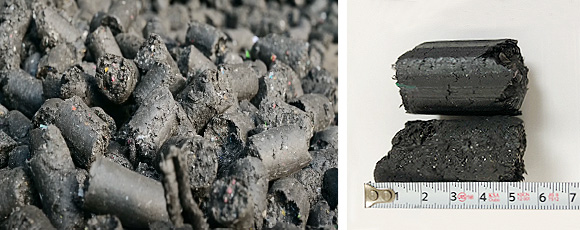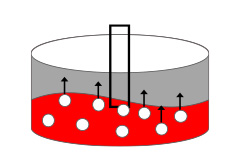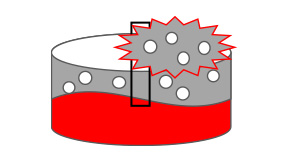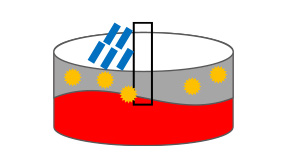日本語 | English
Commitment to Recycling
Currently, initiatives towards achieving the Sustainable Development Goals (SDGs) have been initiated globally, establishing themselves as rules for people to live by. As part of our commitment to addressing environmental issues, our company is actively engaging in 'chemical recycling,' the process of converting waste into other materials for reuse.
Defective products of fishing rods and golf shafts, as well as offcuts of the carbon fiber prepreg material (hereinafter referred to as CFPP), which serves as the raw material for these items, were conventionally treated as waste destined for incineration or landfill.
In response to a proposal from Toray Industries, Inc., a major supplier of CFPP, our company, in collaboration with local recycling partner Hiokikawa Cleaning, has successfully achieved nearly 100% chemical recycling by processing these materials into '*steelmaking by-products' at our Wakayama factory.
**steelmaking by-products : forming inhibitor
Defective products of fishing rods and golf shafts, as well as offcuts of the carbon fiber prepreg material (hereinafter referred to as CFPP), which serves as the raw material for these items, were conventionally treated as waste destined for incineration or landfill.
In response to a proposal from Toray Industries, Inc., a major supplier of CFPP, our company, in collaboration with local recycling partner Hiokikawa Cleaning, has successfully achieved nearly 100% chemical recycling by processing these materials into '*steelmaking by-products' at our Wakayama factory.
**steelmaking by-products : forming inhibitor
The role of a forming inhibitor

■To produce high-quality steel
it is necessary to inject oxygen into molten iron to remove elements such as carbon, silicon, phosphorus, manganese, etc., as CO gas or oxides.
■The forming phenomenon
The forming phenomenon refers to the occurrence where CO gas bubbles generated during this process cause the upper slag to swell and foam, a phenomenon known as the forming phenomenon. If this forming phenomenon is left unattended, molten steel may be expelled from the furnace (slopping). By introducing a forming inhibitor, the release is prevented, and several effects, including stabilization, can be achieved.
Decarburization process

Injecting oxygen to remove impurities.

The occurrence of
forming phenomenon.
forming phenomenon.

The injected oxygen carries impurities, gets trapped in the slag layer, expands, and causes foaming, eventually being released outside the furnace.



Introduction of forming inhibitor.

Introducing a forming inhibitor generates gas within the slag layer, creating a pathway for bubbles, thereby suppressing the forming phenomenon.
All Right Reserved ©OLYMPIC co.,Ltd.
